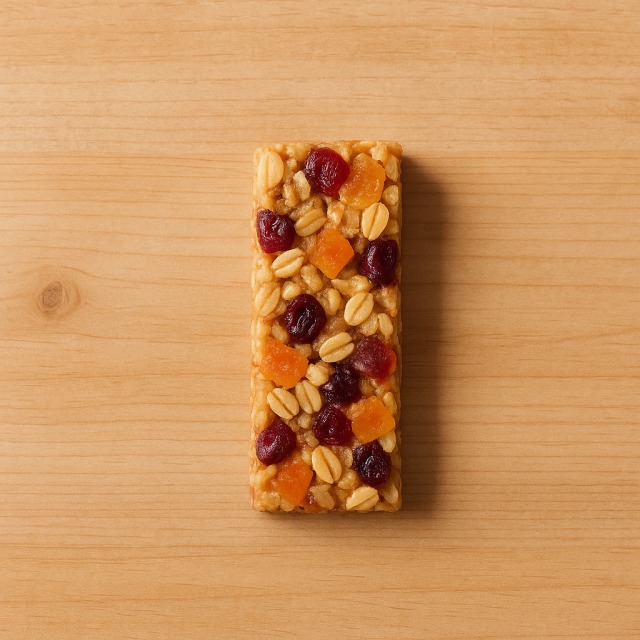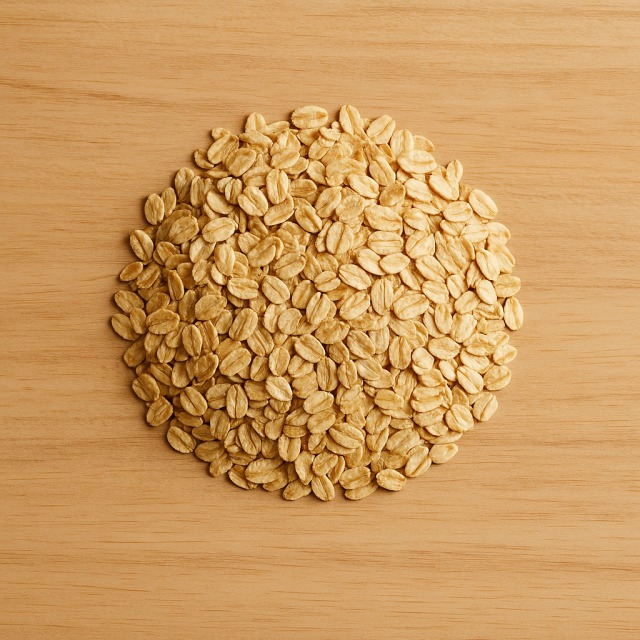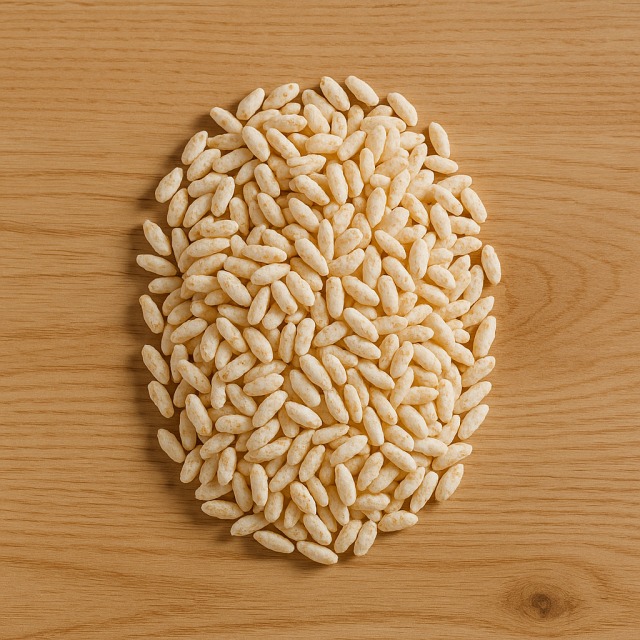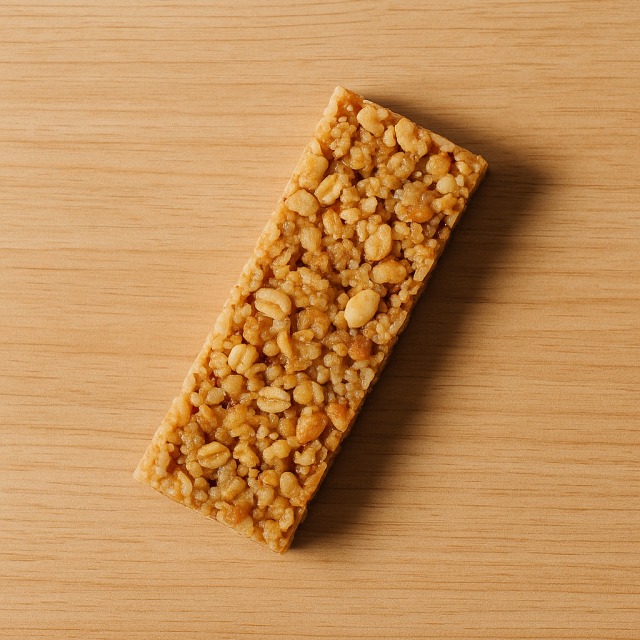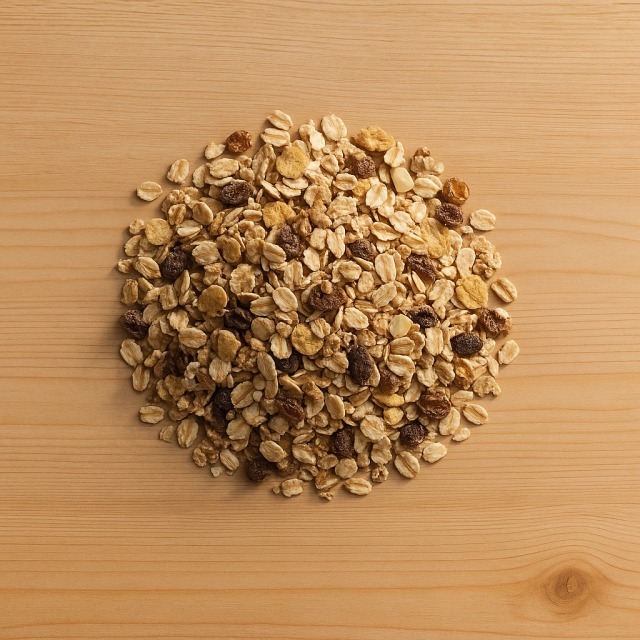Calorie Chart / Breakfast, Snacks / Cereal - Corn flakes
How Many Calories Are in Corn flakes?
Calculation of the nutritional value & Recommended Dietary Intake of corn flakes
For g and a calorie requirement of kcal
| Calories 150 kcal | Proteins 2.8 g | Lipids 0.2 g | Carbohydrates 34 g |
| 8% | 4% | 0% | 12% |
Health benefits of corn flakes

Corn flakes - 100g
Calories 374 kcal
Proteins 7 g
Lipids 0.6 g
Carbohydrates 85 g
Corn flakes are a ready-to-eat cereal made from milled corn, giving them a moderate calorie density that makes them a convenient energy source at breakfast. Because many industrial versions are fortified, they supply B-group vitamins such as thiamine, riboflavin, niacin, B6, folic acid, and B12, nutrients that help convert the calories you eat into usable energy throughout the day.
The most frequent enrichment also includes iron and, in some brands, zinc. These minerals contribute to oxygen transport and immune support while adding essentially no extra calories to the flakes. Compared with toasted muesli or butter-laden pastries, corn flakes provide energy with very little fat, so people who monitor calories from lipids often appreciate this option.
Corn is naturally gluten-free, which can be useful for coeliacs. In addition, the crisp texture encourages the addition of milk or fruit, two simple ways to balance the calories of the meal with proteins, fibre, and micronutrients. Invented in the late 19th century by Dr. John Harvey Kellogg as a light digestive food, corn flakes became popular precisely because their calories are easy to portion and track.
To sum up, corn flakes deliver quickly assimilated carbohydrates, a selection of vitamins and minerals, and a predictable amount of calories per spoonful—convenient for athletes who need precise calorie targets as well as for anyone seeking to control daily calorie intake.
Tips for incorporating corn flakes into a balanced diet
For a classic bowl, combine corn flakes with 125 ml of cold semi-skimmed milk; this adds proteins that slow carbohydrate absorption and levels out breakfast calories. To increase fibre and micronutrients without driving calories too high, top the cereal with fresh slices of banana or a handful of raspberries. If you aim to keep breakfast calories lower, replace milk with plain light yogurt and stir in a pinch of cinnamon.
Homemade cereal bars are another idea: mix crushed corn flakes with a spoonful of honey, chopped almonds, and dried apricots, press into a tray, and chill. Each bar is easy to portion so you can ration calories during long hikes.
For savoury cooking, use crushed corn flakes as a breadcrumb substitute on oven-baked chicken or fish fillets. The coating adds crunch but very little fat, keeping overall dish calories in check compared with traditional frying. Remember that adding melted butter will raise calories fast; spraying a little vegetable oil is usually enough.
Whichever recipe you choose, measure the flakes rather than pouring them straight from the box—an effortless way to prevent invisible calories from creeping into your balanced diet while still enjoying the familiar crunch.
Frequently Asked Questions
- How many calories are in corn flakes?
- Corn flakes provide 374 kcal per 100 g.
- Are corn flakes low in calories compared with other breakfast cereals?
- They contain fewer calories than granola or chocolate-coated cereals but more calories than plain oat flakes when weighed dry. Portion size and toppings ultimately decide the total calories in your bowl.
- Do toppings significantly increase the calories of corn flakes?
- Yes. Adding sugar, honey, or large amounts of dried fruit can double the bowl's calories, whereas fresh fruit and skimmed milk raise calories modestly while improving nutrient balance.
- Can corn flakes fit into a weight-loss plan focused on reducing daily calories?
- They can, provided you weigh your serving, use milk with minimal fat, and avoid extra sweeteners. Counting calories accurately is key.
- Are the vitamins in corn flakes enough to offset their calories?
- The fortification supplies useful micronutrients like iron and B vitamins, but calories still count. Combine corn flakes with nutrient-dense foods such as grape halves or kiwi slices to optimise the calorie-to-nutrient ratio.
Similar foods
Information provided by Calorie Menu may contain inaccuracies or errors. It cannot, under any circumstances, substitute medical advice or medication.
